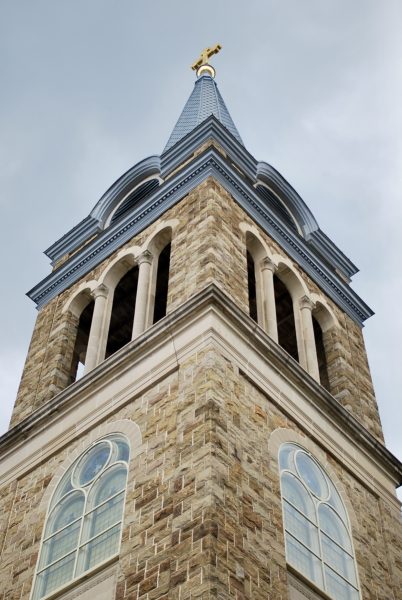What You Might Not Know About Notre Dame Cathedral
MONDAY, April 15th — Notre Dame Cathedral caught fire and suffered severe architectural damage. Four French initiatives, Centre des Monuments Nationaux, the Fondation Notre-Dame, the Fondation du Patrimoine and the Fondation de France, are working with the French government to raise funds to rebuild Notre Dame. For more information, visit the pictured website at https://www.gouvernement.fr/en/rebuildnotredame.
May 7, 2019
After the recent fire in Notre Dame Cathedral, it seems fitting to discuss the cathedral’s architecture and history.
The construction of Notre Dame Cathedral began in the year A.D. 1163, on what had originally been the location of a pagan temple. The builders who made the cathedral incorporated into it the remains of two churches which had been built before on the same spot. They finished building the church in 1345.
This was one of the first cathedrals to use flying buttresses, the exterior supports used to keep up Gothic arches. The architects building the cathedral had not originally planned on using them, but when the walls began to crack during construction, they decided to add them in.
The original spire had to be removed due to instability, but it was replaced during a renovation in the nineteenth century. This new spire collapsed during the recent fire.
During World War II, the stained-glass windows, many of which had been recently replaced, were removed to ensure that they would not be destroyed by the Axis forces and were not replaced until after the war was over.
The Cathedral has hosted several coronations, including those of Henry VI of England and Napoleon Bonaparte. It was also the site of the beatification of Joan of Arc in 1909.






